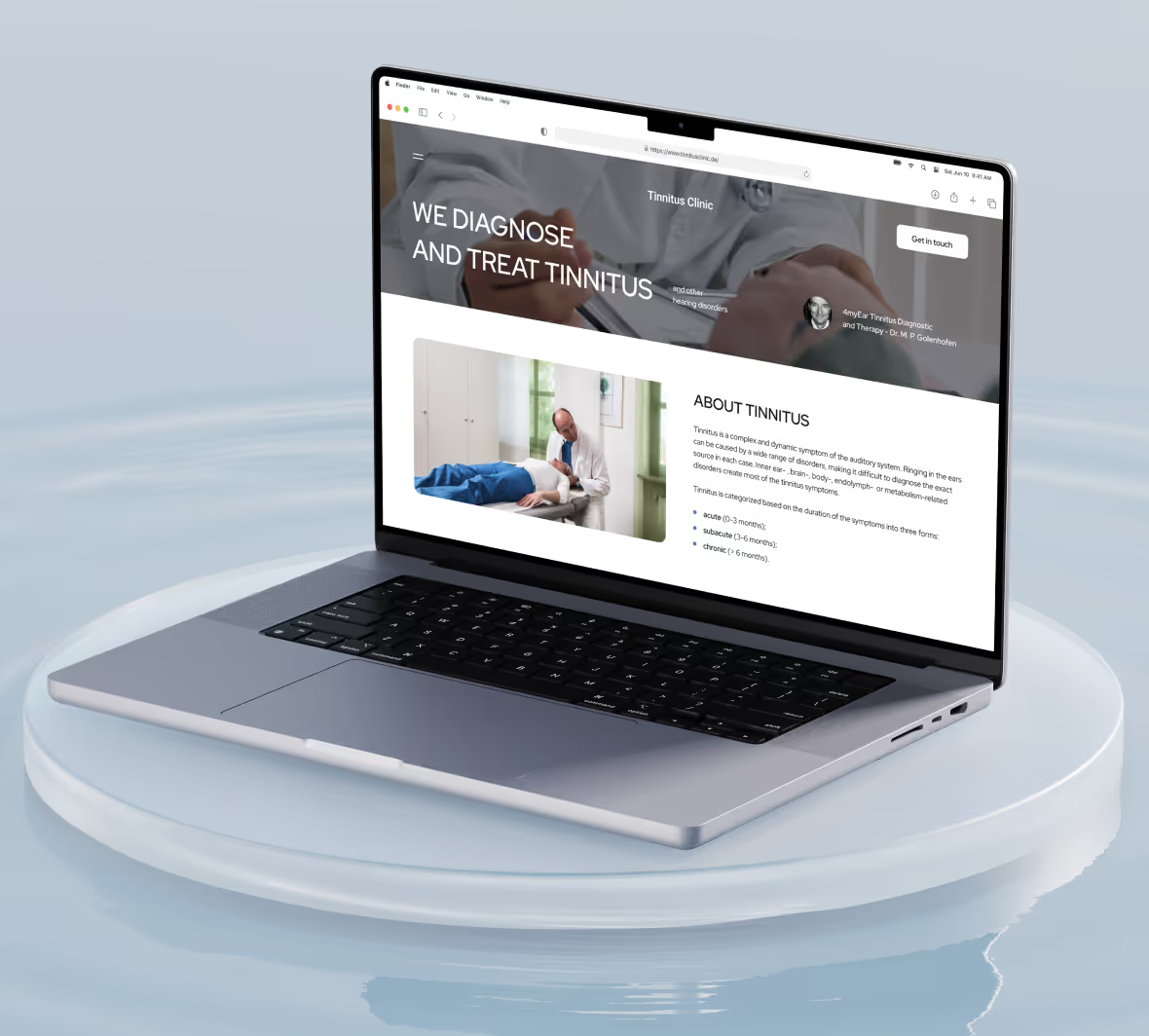
Creating a native app often comes with challenges, like long development timelines, high costs, and complex coding requirements, but that’s where Bubble Native Mobile comes in. While it’s still in beta and under active development, this no-code tool has the potential to make native app creation more accessible than ever.
Here’s a deep dive into what makes Bubble Native Mobile worth watching, even in its early stages.
Table of content
- Understanding the Types of Mobile Solutions
- The Bubble Native Mobile Beta: A Work in Progress
- Why Native Features Matter (And What’s Coming)
- Performance Improvements with Native Apps
- Cross-Platform Compatibility
- Potential Use Cases for Bubble Native Mobile
- Weighing the Pros and Cons
- Our Experience and Outlook
Understanding the Types of Mobile Solutions
Before diving into the specifics of Bubble Native Mobile, let’s take a look at the types of solutions available for businesses today:
- Web Wrappers:
- Web wrappers essentially package your existing web app into a native shell, enabling distribution through app stores. They offer minimal native functionality and rely heavily on web technologies. This makes them affordable and quick to deploy but limits their ability to access device-specific features.
- Progressive Web Apps (PWAs):
- Tools like Natively and BDK allow businesses to create apps that users can access via a web browser or add to their home screens. However, PWAs have limited access to device-specific features like push notifications and biometrics, reducing their functionality compared to native apps.
- Native Mobile Apps:
- Bubble Native Mobile is a unique entry in this category, designed to help you create fully native apps. Unlike web wrappers and PWAs, native apps integrate deeply with operating systems like iOS and Android, providing superior performance and access to hardware-level features.
Bubble Native Mobile leverages the advantages of native apps while simplifying the process with no-code tools, making it an exciting option for businesses exploring mobile solutions.

The Bubble Native Mobile Beta: A Work in Progress
It’s important to emphasize that Bubble Native Mobile is still in beta. Some features are not yet available or fully functional, as the platform is actively changing. Currently, the beta primarily supports access to the camera and photo library. Features like geolocation, push notifications, and biometrics are on the horizon, but not yet operational.
The beta phase is an exciting glimpse into the tool’s potential, offering developers and businesses the chance to explore how native apps might be built using Bubble’s visual interface in the future.
Why Native Features Matter (And What’s Coming)
Native apps are defined by their ability to utilize a device’s hardware and software features. While Bubble Native Mobile currently supports basic functionality like the camera, here are some examples of what’s on the horizon:
- Push Notifications: Send personalized alerts to re-engage users. For example, a project management app could notify teams of critical updates or deadlines.
- Geolocation: Enable location-based services like real-time tracking or regional customizations. For instance, a field service app could track technicians’ movements for better scheduling.
- Biometrics: Provide advanced security through fingerprint or facial recognition. Internal HR apps could use this for secure employee log-ins.
- Contact List Access: Make communication smoother, such as allowing CRM apps to access and sync with a user’s phonebook.
- System-Level Gestures: Improve usability with intuitive swiping or navigation gestures, perfect for task management or workflow apps.
These features, while not yet fully implemented, highlight the potential power of Bubble Native Mobile.
Performance Improvements with Native Apps
Native apps are known for their superior performance compared to web-based or wrapped solutions. Since they run directly on device hardware, they offer smoother interactions and faster load times. This can result in:
- Enhanced user experience with seamless animations and transitions.
- Better resource management, allowing apps to operate efficiently even on older devices.
Bubble Native Mobile’s approach, when complete, promises to deliver these benefits while maintaining the accessibility of a no-code platform.

Cross-Platform Compatibility
Many tools, including PWA wrappers like Natively and BDK, already offer cross-platform compatibility. They let you deploy a single app to both iOS and Android, saving time and effort.
However, Bubble Native Mobile takes this a step further by using native elements tied to the operating system. This approach ensures superior integration and usability, providing a more polished experience compared to competitors relying solely on web-based solutions.
The result? Apps that look and feel like they belong on the user’s device, aligning with system design standards and expectations.
Potential Use Cases for Bubble Native Mobile
Bubble Native Mobile’s greatest strength lies in its ability to help businesses create functional and polished internal-use or B2B apps. Here are some examples of what you could build:
- Employee Portals: Provide secure access to schedules, payroll, or internal documents for your team.
- Task Management Tools: Create apps to simplify workflows, track projects, and assign tasks within your organization.
- Training Platforms: Deliver onboarding or educational content through an engaging, easy-to-use app.
- Client Portals: Enable B2B partners to check order statuses, invoices, or other account details in real-time.
- Field Service Management: Build an app to manage teams in the field, allowing them to check schedules, upload photos, and complete tasks directly on their devices.
These use cases demonstrate how flexible Bubble Native Mobile is for businesses focused on productivity and efficiency.

Weighing the Pros and Cons
Pros:
- Access to native features: Tools like camera and photo library are already available, with geolocation, push notifications, and biometrics expected in future updates.
- Faster than code solutions: Bubble makes app development easier and cuts down the time needed to launch.
- Cross-platform compatibility: Design once and deploy to both iOS and Android with native system elements for superior user experience.
- Enhanced performance: Native apps outperform web-based solutions, providing a smoother and more responsive experience.
Cons:
- Conversion from web app to mobile app is not automatic: Adjustments will be required to make the app fully functional and visually optimized for mobile.
- Beta limitations: Many features are still under development, and functionality remains limited compared to mature native platforms.
Our Experience and Outlook
At Minimum Code, we had the privilege of trying out Bubble Native Mobile’s beta version, and we’re excited about what the future holds. While there are limitations to its current state, the potential is undeniable. As the platform evolves, it could redefine how businesses approach mobile app development, making it faster, more efficient, and more accessible.
We look forward to continuing this journey and can’t wait to see how this tool transforms the no-code landscape. 🚀

Ready to build your product?







